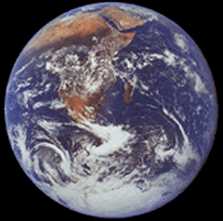This photo was taken in December 1972 by the Apollo 17 crew. The spacecraft was traveling between the Earth and the Moon. The reddish landmass is Africa and Saudi Arabia which is desert. The white is both clouds and the ice covering Antarctica.
Click on image for full size
Image courtesy of NASA/JPL
Earth--What a Drag!?!
News story originally written on April 1, 1998
The first evidence has been found that shows the Earth does drag quite a bit - it drags space and time around itself as it rotates! This drag effect was predicted 80 years ago using
Einstein's theory of general relativity.
Scientists found this evidence by using the LAGEOS I and LAGEOS II satellites. LAGEOS stands for Laser Geodynamics Satellite. One of the researchers, Dr. Erricos Pavlis remarked, "General relativity predicts that massive rotating objects should drag space-time around themselves as they rotate. Frame dragging is like what happens if a bowling ball spins in a thick fluid such as molasses. As the ball spins, it pulls the molasses around itself. Anything stuck in the molasses will also move around the ball. Similarly, as the Earth rotates, it pulls space-time in its vicinity around itself. This will shift the orbits of satellites near the Earth."
There is a lot of uncertainty involved in the research being done. So scientists want to launch the LAGEOS III satellite to check their measurements and make new ones.
You might also be interested in:
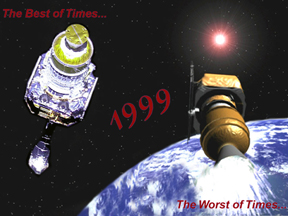
It was another exciting and frustrating year for the space science program. It seemed that every step forward led to one backwards. Either way, NASA led the way to a great century of discovery. Unfortunately,
...more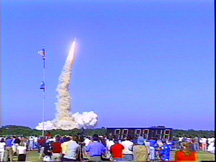
The Space Shuttle Discovery lifted off from Kennedy Space Center on October 29th at 2:19 p.m. EST. The weather was great as Discovery took 8 1/2 minutes to reach orbit. This was the United States' 123rd
...more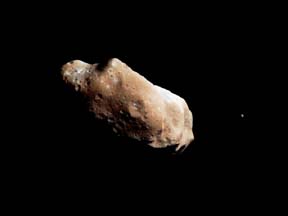
A moon was discovered orbiting the asteroid, Eugenia. This is only the second time in history that a satellite has been seen circling an asteroid. A special mirror allowed scientists to find the moon
...more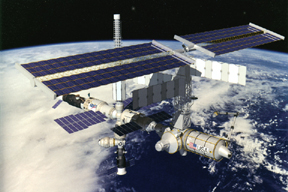
Will Russia ever put the service module for the International Space Station in space? NASA officials want an answer from the Russian government. The necessary service module is currently waiting to be
...more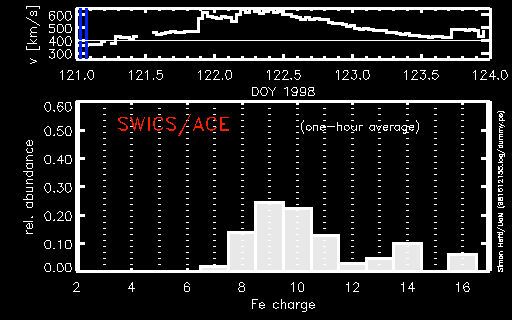
A coronal mass ejection (CME) happened on the Sun early last month. The material that was thrown out from this explosion passed the ACE spacecraft. The SWICS instrument on ACE has produced a new and very
...more
J.S. Maini of the Canadian Forest Service called forests the "heart and lungs of the world." This is because forests filter air and water pollution, absorb carbon dioxide, release oxygen, and maintain
...more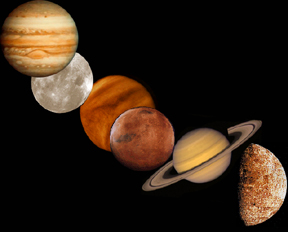
In late April through mid-May 2002, all five naked-eye planets are visible at the same time in the night sky! This is includes Mercury which is generally very hard to see. You won't want to miss this!
...more


